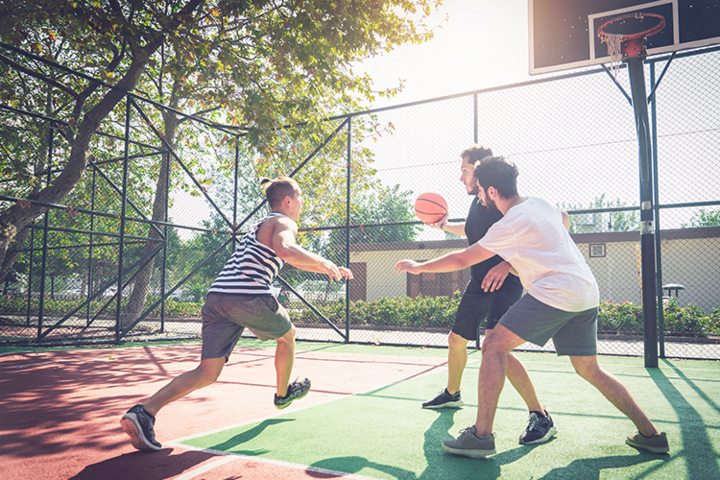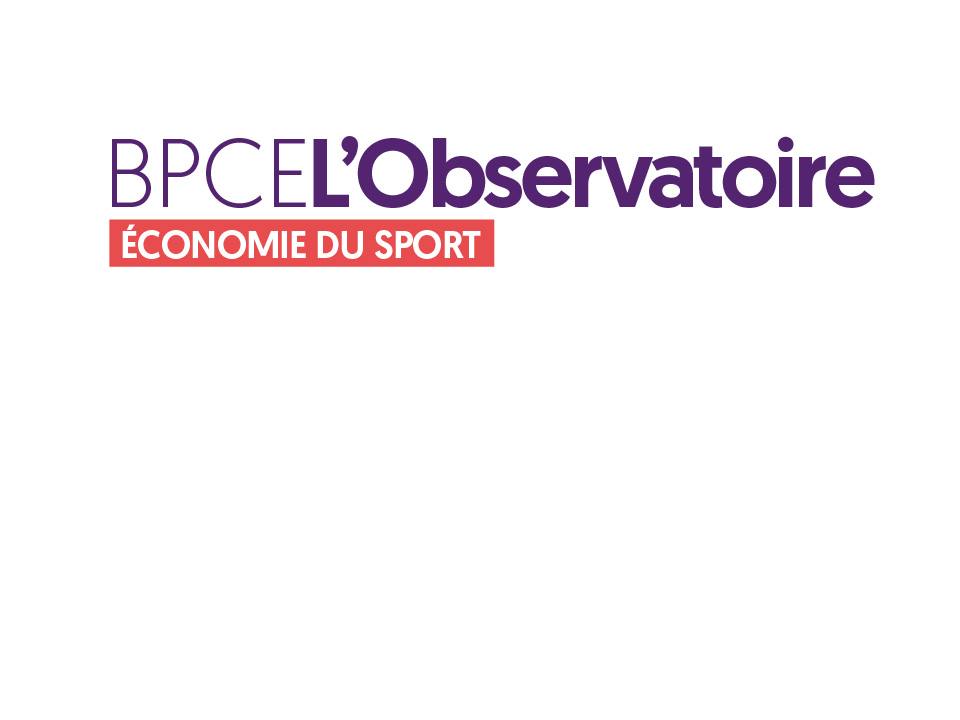

Local & regional authorities, the principal source of public funding for sport
[March 2022] What is the role played by local & regional authorities in sport, and how important are sports policies for elected officials? The third publication of BPCE L’Observatoire today highlights another major player in the sports ecosystem: local authorities.


Local authorities, the cornerstone of local & regional financing
With the construction and maintenance of local sports facilities, their support for sports clubs and associations, sports events, school sports, etc., local authorities play a major role in the sports economy as testified by the €12.5 billion devoted to sports funding every year, nearly twice the overall budget for the Olympic & Paralympic Games Paris 2024.
€12.5 billion allocated for sport by local authorities every year
Local towns and villages – the administrative level most actively involved in this effort – represent the veritable cornerstone of local and regional sports funding. These bodies are the No.1 channel for funding and play a key local role by providing financing for a total of €8 billion. They are chiefly involved in building, managing and providing access to sports facilities, giving financial support to sports associations and clubs, and organizing sports events. The No.2 channel is inter-municipal cooperation. By covering the cost of the more expensive facilities (such as swimming pools) or by acting on behalf of small municipalities, this cooperation makes it possible to provide higher quality sports facilities and enjoy access to greater resources, notably in less densely populated areas.
Elected officials and sport: their role and their vision
Another lesson to emerge from this study is the importance of sports policies for the elected officials who see sport as a dynamic area, full of future promise. The staging of the Olympic & Paralympic Games in Paris in 2024 and the announcement of the French government’s plan to finance 5,000 local sports facilities also represent extremely positive signs for the future. Local officials are confident and their commitment to sport is reflected in their financial decisions. Sport currently represents 6% of local authority spending and more than 10% of the budget of municipalities and inter-municipal bodies.
A considerable effort has been made over the past 25 years in construction and renovation work: 57% of existing facilities have been built or renovated since 1995, and 24% of existing sports fields have been created or renovated since 2005. In spite of this, however, a great deal still remains to be done and the needs are legion: the construction of new large-scale facilities and smaller local facilities, the renovation of aging properties, and the repurposing or modernization of existing ones…
Le sport The 2nd largest expenditure item for municipalities, after education
The challenges of the future?
Although elected officials are confident, they also emphasize the large number of challenges awaiting them in the future. Sport has gradually acquired a new dimension to become, at present, an issue central to questions related to health, social cohesion, and the environment. What is more, there have been changes in the way people practice sport and what they expect of it. The policies developed by elected officials will also have to be updated to keep pace with these changes.